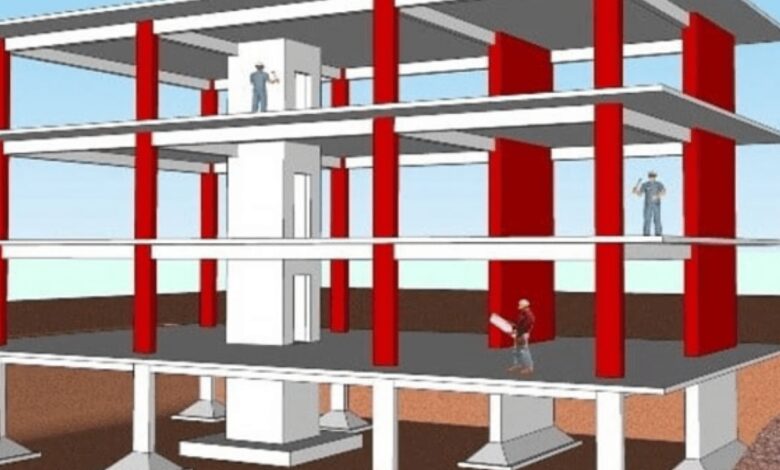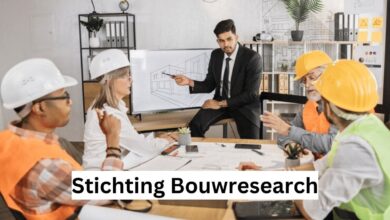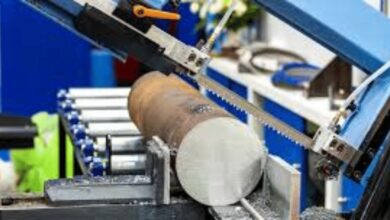The Structural Importance of HorizontalBeams in Building Design

Structure integrity is paramount in the complex world of architectural design and construction. Within this intricate framework, horizontal beams play a pivotal role, especially in the context of steel prefab buildings. These slender strips of material, often referred to as purlins when used in the roof, are not just minor components but are fundamental to the overall stability and functionality of constructions. Their role in supporting roofing elements and facilitating load distribution highlights the importance of meticulous design and precise installation. This article looks into the structural importance of bars in building design, underscoring their significance in enhancing modern constructions’ durability, efficiency, and resilience.
Role of Horizontal Beams in Load Distribution
Horizontal beams are integral to the structural framework, playing a crucial role in the even distribution of loads across the building’s roof and walls. In steel prefab buildings, these components ensure that the weight of the roof and any environmental loads, such as snow or wind, are effectively transferred to the primary structural elements. This distribution prevents localized stress points, reducing the risk of deformation or failure in the building’s structure. By efficiently spreading out the load, bars contribute to the longevity and safety of constructions, making them indispensable in architectural design.
Steel vs. Wood Bars
The choice of bar material significantly impacts a building’s structural integrity and maintenance needs. While wood has been a traditional choice, steel horizontal beams offer superior durability, strength, and resistance to environmental factors. With its high tensile strength, steel can support heavier loads and span longer distances between supports, making it ideal for prefab buildings where precision and efficiency are key. Steel is impervious to pests and less susceptible to moisture damage, reducing the likelihood of rot or mould. These characteristics make steel an increasingly popular choice for horizontal beams in contemporary building designs, aligning with the demands for more robust and low-maintenance structures.
Enhancing Roof Stability with Proper Horizontal Beams Installation
The installation of beams is a process that requires precision to enhance the stability of a building’s roof. Proper alignment, spacing, and securing of these horizontal beams are crucial to their performance and the roof’s overall structural integrity. In steel prefab buildings, where components are designed and manufactured to exact specifications, the correct installation of steel horizontal beams ensures optimal load distribution. It offers a solid foundation for roofing materials.
Prefab Buildings and Beam Innovation
The evolution of construction technology and materials indicates a future where prefab buildings and innovative horizontal solutions play a central role. Prefabricated structures’ adaptability and efficiency, combined with the structural benefits of steel horizontal bars, offer a promising path for the construction industry. Ongoing advancements in science and manufacturing will likely enhance these components’ performance, sustainability, and cost-effectiveness, solidifying their importance in future building designs.
Optimizing Thermal Performance with Horizontal Roof Beams
Including bars in building design, especially in steel prefab buildings, extends beyond structural support to significantly impact a building’s thermal performance. The strategically placed horizontal beams create a practical framework for insulation materials, enhancing the building’s energy efficiency. With their robust nature, steel horizontal beams facilitate a secure and uniform insulation application, minimizing thermal bridges that can lead to heat loss.
Conclusion
In conclusion, the structural importance of horizontal beams, particularly purlins, in steel prefab buildings must be balanced. Their role in load distribution, roof stability, and overall structural integrity is fundamental to the success of modern architectural endeavours. By choosing materials such as steel, which offers superior strength and sustainability, and ensuring proper installation, architects and builders can leverage these components to create efficient, durable, and eco-friendly constructions. As the industry continues to evolve, the innovation in horizontal beam design and the growing preference for prefab solutions are set to redefine building construction standards, promising a future where structural excellence and environmental responsibility go hand in hand.
You May Also Read: Guarding Your Progress: How Band Saw Shields Ensure Efficient and Safe Operations



